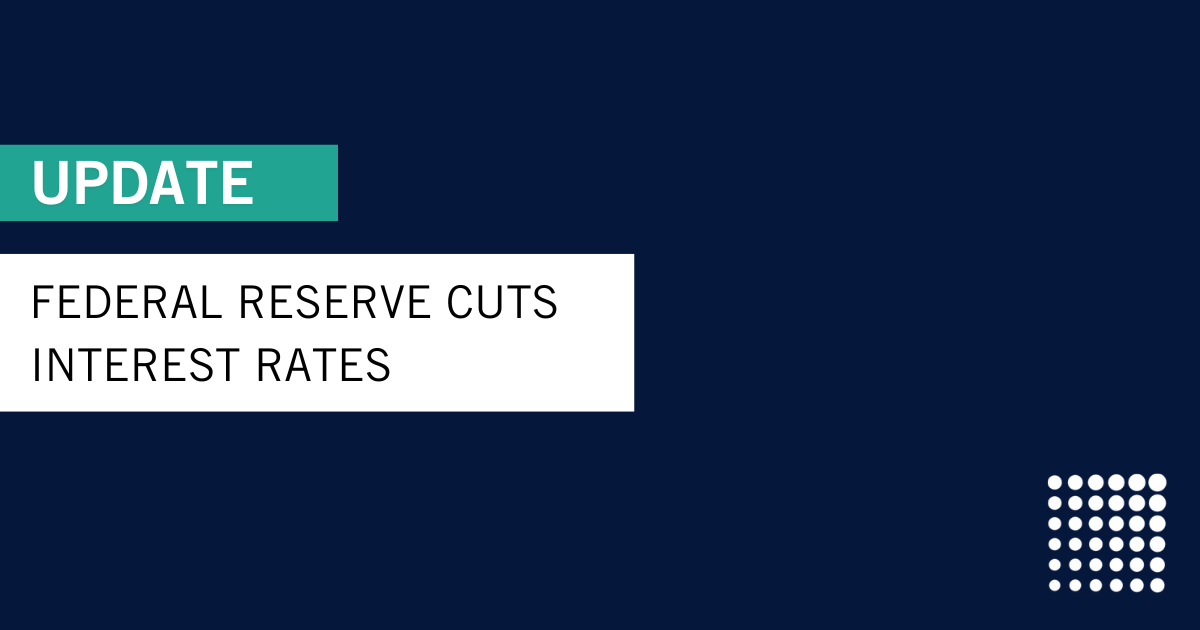The Federal Reserve cut interest rates by 0.25 percentage points, despite rising inflation and an upward revision to GDP growth. Core Personal Consumption Expenditures (PCE) inflation is now projected at 2.6 percent and GDP growth at 1.8 percent, both higher than the Fed’s June forecast. These figures would typically suggest holding rates steady or even considering a hike. So why the cut?
The answer lies in the labor market and persistent inflation. Revised data showed unexpected weakness in employment, providing the Fed with justification to begin lowering rates. At the same time, U.S. consumers are showing signs of being stretched, with rising credit card debt, higher healthcare and grocery costs, and stagnant wages making the decision to cut rates more clear.
The Market’s Response
The U.S. dollar weakened following the announcement, which contributed to short-term market volatility. Despite this, small caps rallied the next day, reflecting optimism that lower rates could ease financial pressure on consumers and businesses.
Mortgage Rates
One of the most common questions following a rate cut is what it means for mortgage rates. The answer is not immediate relief. In fact, mortgage rates did not move down following the announcement, largely because the market had already priced in the cut.
Currently, homeowners who bought or refinanced in the past 24 to 36 months are holding mortgages in the 6.5 to 7.5 percent range. While the cut is a positive sign, it is not yet time to spend money to refinance. Homeowners need a more material drop in rates before refinancing becomes financially attractive. Due to the associated costs, the sweet spot for a home refinance is at least three-quarters of a percentage point.
Dive deeper into the discussion. Listen to this episode of the Accumulating Wealth Podcast.
To learn more, talk to a CWA advisor. We’re always here to help answer any personal finance questions you may have.














